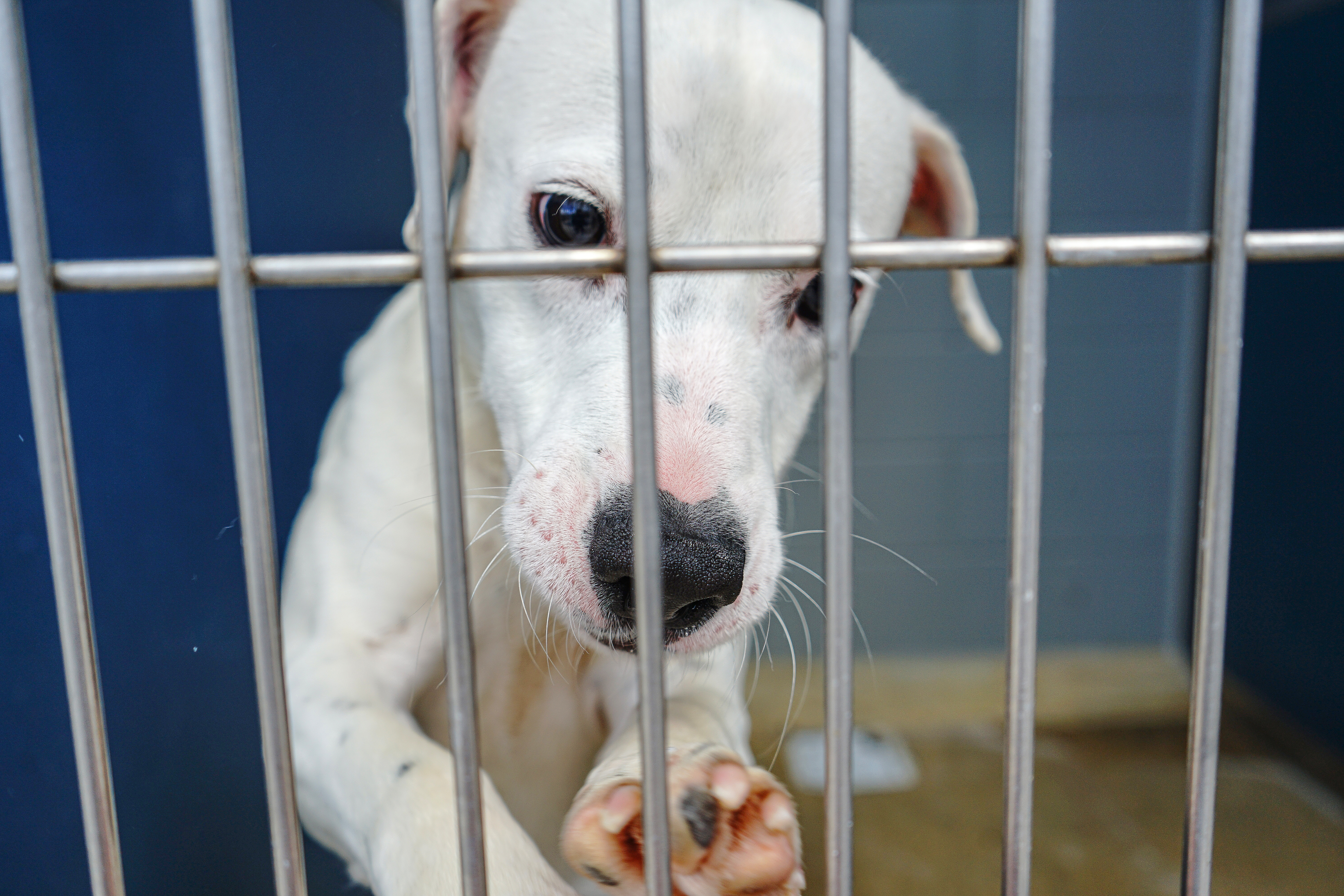The ‘no-kill’ shelter
Published 3:01 pm Tuesday, August 31, 2010
The issue comes up all the time.
Sometimes as an accusation: “You’re not a no-kill” shelter!”
Or as a question: “Why aren’t you a no-kill shelter?”
Trending
Oh, you don’t know how we wish that was possible! Ask anyone who is involved what is the hardest part of what we do and you will get the same answer: “The fact that we can’t save them all.”
Generally speaking, the idea of a “no-kill” shelter is a myth. In reality, in order to not euthanize any animals, a shelter has to be very selective in whom they admit. In other words, they pick and choose the ones they consider adoptable and those they do not take then go to or stay in a location where they accept all animals and consequently where they are forced to make hard decisions. The “no-kill” shelter may not euthanize at that location, but they condemn most of the animals to death by not accepting them.
We are an open shelter. We accept all animals regardless of condition, age, adoptability, temperament or demand. Some of the animals are in very bad condition and for medical reasons have to be put down. Others are unsociable or aggressive and are not safe to adopt out to families. The rest of the animals that we receive are perfectly good, sweet animals.
There are simply too many of them.
Each day in the United States, 10,000 humans are born. Each day in the United States, 70,000 dogs and cats are born. You don’t have to have a Ph.D. in mathematics to figure out that one. There simply aren’t enough homes. The supply far exceeds the demand.
Between June 1, 2009, and May 31, 2010, one year, the Bainbridge-Decatur County Humane Society shelter took in 2,925 animals. Some of them went to very good homes. Some of them were reclaimed by their owners. Some of them went to rescues and other “no-kill” facilities. Some of them we still have at the shelter. The rest, sadly, had to be humanely euthanized. We do not do that by choice, but of necessity because we have no alternative. We can only house so many animals and more are coming in every single day.
Trending
We hate that reality. If we had any other alternative, believe me, we would choose it.
There is only one way that we, and most other shelters, will ever reduce the numbers that have to be put down: spay and neuter.
If you have a pet (or feed local strays) and it is not spayed or neutered, you are part of the problem. Not only is it healthier for the animal, it is the only way we will ever reduce the overpopulation that results in healthy animals having to be euthanized.
Are you aware that one pair of cats in a period of seven years can result in 420,000 animals? The numbers for dogs are a little less, but nonetheless, staggering.
In the United States, each year, more than 5 million dogs and cats are euthanized for the sole reason that there are simply too many being born and not enough homes. A number of wonderful organizations do a great job of transporting animals from the southeastern United States and other areas where there is an huge overpopulation to places where there are fewer available. Some of our animals have gone to places as far away as New Jersey and Arizona. But it is still too little until we care enough to spay or neuter our animals.
We do all that we can with our limited resources. Every animal that is adopted from our shelter must be spayed or neutered. We also dedicate as much money as we can each year to fund a subsidized spay/neuter program for low-income families who already have a pet. After five years of doing this in our community, we still took in 2,925 animals last year. Can you imagine what those numbers would be if we didn’t have these programs in place?
I know there are some of you out there who will continue to believe that we are somehow less worthy of support because we are not a “no-kill” shelter. I hope that you will re-consider that opinion.
Just remember, we work with these animals every single day and come to know them and love them. The reality that we cannot possibly save them all is something we have to learn to accept. At least those we cannot save are painlessly put to sleep instead of dying a horrible death as a stray subject to starvation, being run over, becoming the victim of predators (including the human ones) or succumbing to parasites or disease.
It is painless for the animals; they receive an injection and go to sleep in the arms of a shelter worker, being petted and softly spoken to in the process. It is far from painless for the shelter workers. We do not have a single worker who has not been reduced to tears on at least one occasion; most many more times than that.
So please don’t make a judgment. Become part of the solution and support our efforts and make sure that your pets are spayed or neutered and if you are going to feed feral strays, make sure that they are, too.
As much as we dream of it and pray for it, being able to save them all will not happen in my lifetime. It probably will not happen in my grandchildren’s lifetime. But if we don’t start to turn the tide now, there is no hope of ever succeeding. We operate every day with the hope and belief that someday we will put down a healthy animal for the last time.
Will you be part of the solution?
This is your choice.
Pam Immendorf, presidentBainbridge-Decatur County Humane Society





